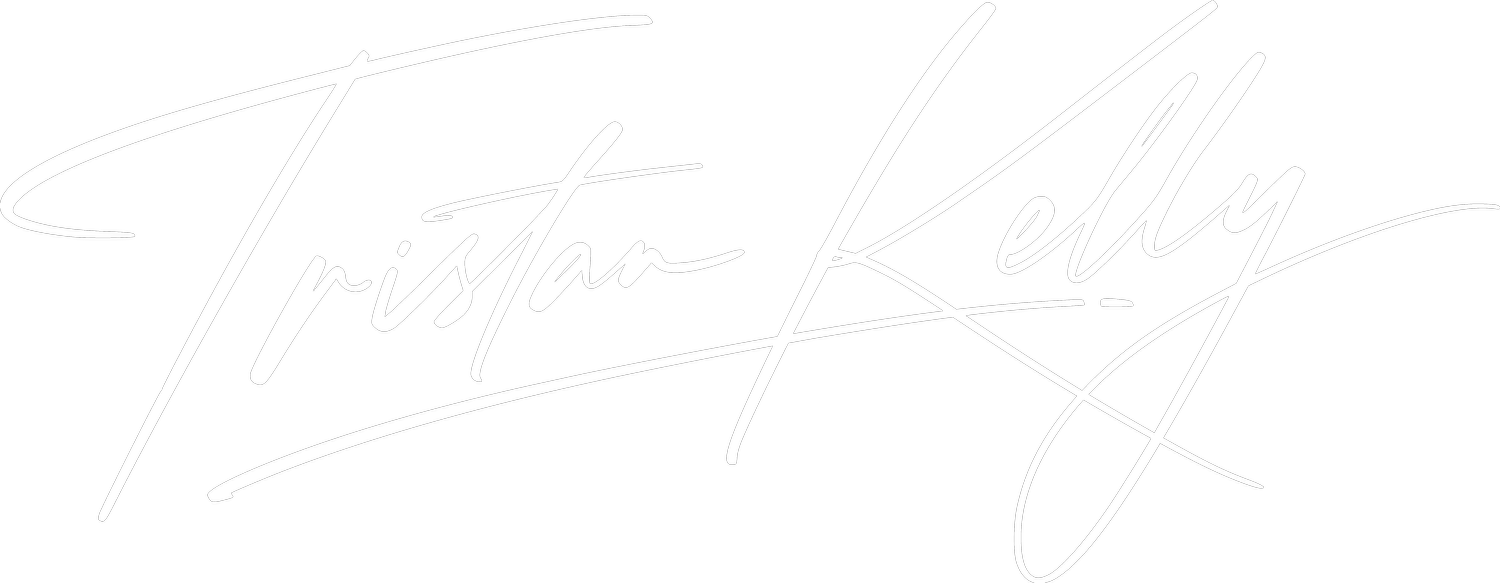From Green to Gold: How Tenant Engagement Drives Value in Sustainable Real Estate
Sustainability in real estate is no longer just about ticking boxes or installing solar panels. It’s about creating places where people want to be — and that means engaging the people who use the buildings every day.
We’re seeing a shift in what drives value for commercial assets. Yes, certifications like BREEAM, GRESB and NABERS still matter — but they focus largely on the physical building. What’s missing is a way to recognise and measure the sustainability efforts of the people inside those buildings.
That’s where tenant engagement comes in.
The Big Sustainability Challenge: A Case in Point
In 2023, we launched The Big Sustainability Challenge across 25 M&G properties — from shopping centres and offices to retail parks and industrial estates.
Each site received a modest sustainability fund and a toolkit to help deliver ESG-led initiatives that mattered to their community. The results were creative, diverse, and driven by local teams:
9 beehives
8 wildflower meadows
6 office gardens
Canal clean-ups, bug hotels, community orchards and more
The Earth Day LinkedIn campaign reached over 10,000 people. Seven sites were recognised with awards. But most importantly, tenants and customers were involved. And that involvement changed how they felt about the places they worked, shopped and spent their time.
Why This Matters to Landlords
Engaged customers don’t just feel better about your building — they stay longer, advocate more, and contribute to a stronger sense of place. And there’s real data to back that up:
Rent premiums: ESG-certified office buildings can command up to 6% higher rent and have 14–16% higher capital values (CBRE, EY).
Tenant satisfaction: Happy tenants are 3× more likely to renew their lease (Kingsley Index). One study showed satisfaction scores rising from 74% to 94% with proactive engagement (GRESB).
Operational savings: Campaigns that combine engagement with smart building tech have delivered 12–20% reductions in energy use (IMT).
In short, engagement isn’t just ethical — it’s economical.
Case Spotlight: US Steel Tower, Pittsburgh
A powerful example of tenant-led ESG comes from the US Steel Tower in Pittsburgh. The landlord established a Tenant Sustainability Committee — not just to improve operations, but to actively involve occupiers in driving sustainability.
Over five years, the building’s value rose from $250M to $350M — a 40% uplift attributed in part to the way this engagement strategy enhanced the asset’s reputation, marketability, and ESG credentials.
It wasn’t just about cost savings. It was about responsiveness. About showing that the building was part of a wider cultural shift — and that people inside it had a voice.
Key Takeaways
Engagement drives value — through retention, reputation, and resilience.
Sustainability is social — people want to participate, not just observe.
Measurement matters — especially when it comes to occupier-led ESG outputs.
You don’t need a huge budget — but you do need structure, support, and storytelling.
Final Word
Programmes like The Big Sustainability Challenge show us that community-led ESG isn’t a luxury — it’s a strategic advantage. It connects people to place, turns passive customers into advocates, and strengthens the long-term value of real estate assets.
As landlords look to future-proof their portfolios, the smartest investments may not be in gyms or glass — but in gardens, bee hives, and the people who use them.
If you'd like to explore how engagement can power your sustainability goals,
I’d love to talk.



